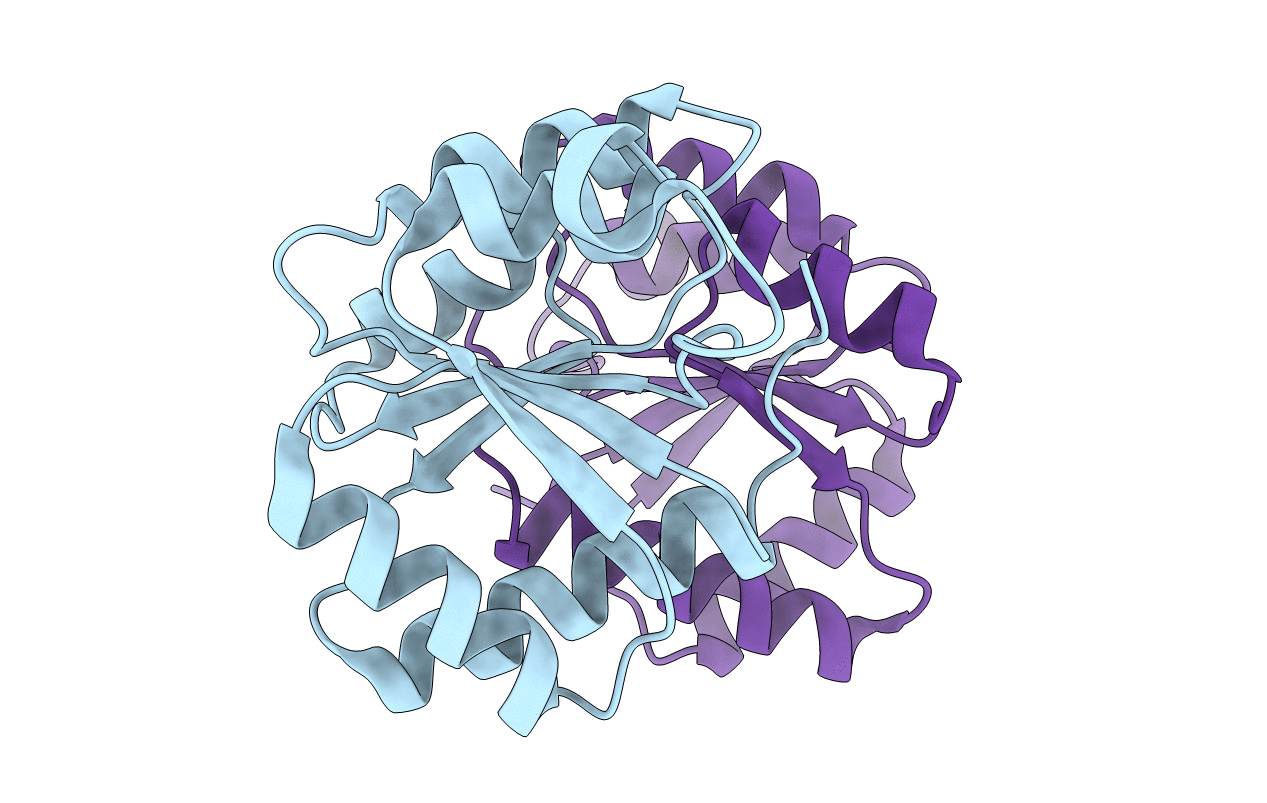
Deposition Date
2015-05-21
Release Date
2015-10-14
Last Version Date
2024-03-06
Entry Detail
PDB ID:
4ZYL
Keywords:
Title:
Crystal structure of response regulator RPA3017 in red light signaling of R. palustris
Biological Source:
Source Organism:
Rhodopseudomonas palustris CGA009 (Taxon ID: 258594)
Host Organism:
Method Details:
Experimental Method:
Resolution:
1.80 Å
R-Value Free:
0.22
R-Value Work:
0.18
R-Value Observed:
0.19
Space Group:
P 65


